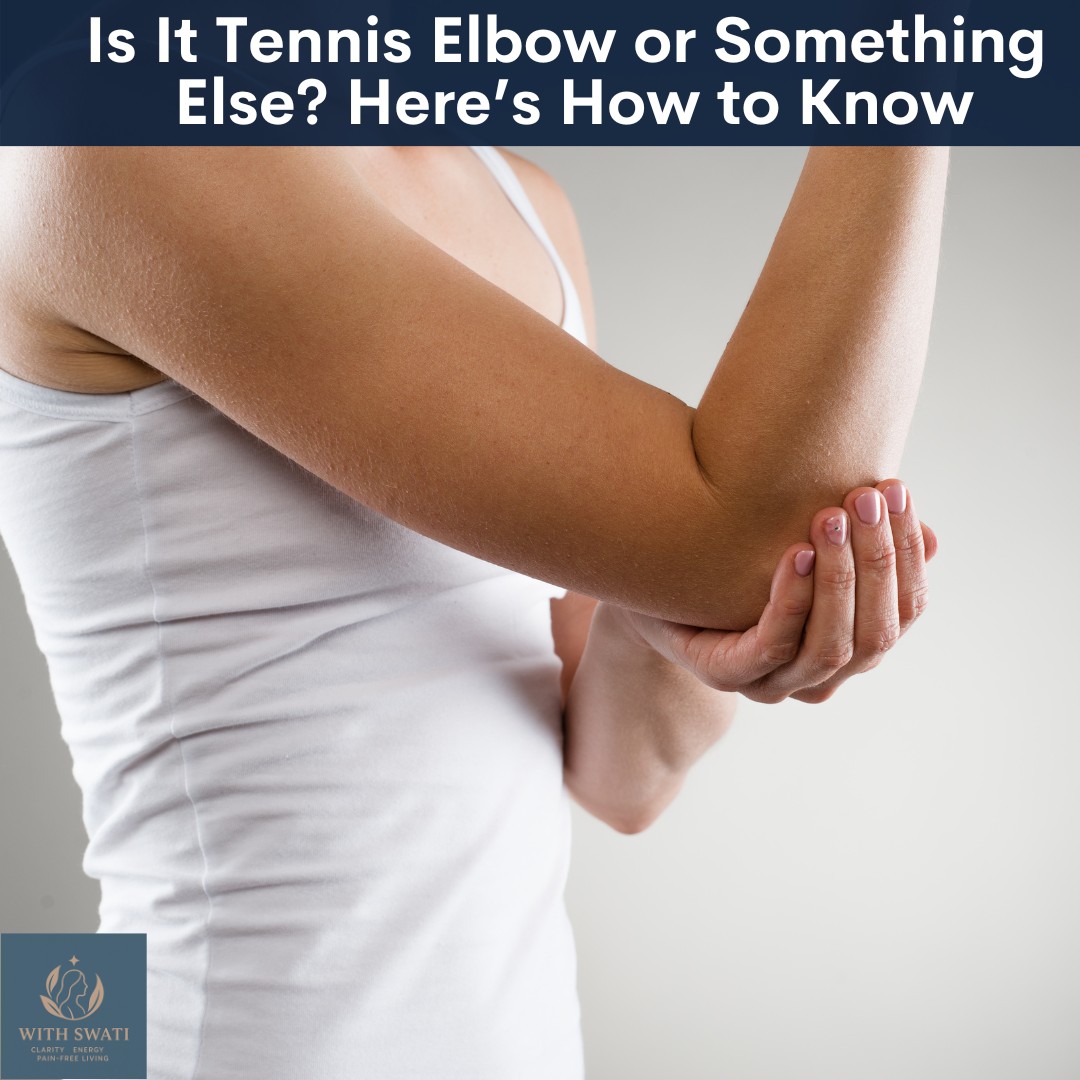
Tennis elbow, despite its name, isn't restricted to the tennis court. Its a common issue that can affect anyone, including busy executive mums who spend extensive hours working on laptops. The repetitive motions involved in keyboard use can lead to discomfort in the wrists and elbows, making tennis elbow a pertinent concern for this demographic. In this blog, we will discuss the basics of tennis elbow, its causes and symptoms, and how they relate to the daily experiences of executive mums.
Tennis elbow, also known as lateral epicondylitis, is an inflammation (tendinopathy) of the tendons attached on the outer elbow. These tendons connect the muscles of the forearm to the lateral epicondyle, the bony prominence on the outer side of the elbow. Contrary to its name, tennis elbow can occur due to various repetitive activities involving gripping, twisting, or lifting motions, not just tennis.
For executive mums, the primary cause of tennis elbow often lies in the repetitive strain placed on the tendons during activities like typing and mouse usage. Prolonged hours spent at the computer, coupled with poor wrist posture and ergonomics, contribute to the development of this condition. Other risk factors include overuse due to repetitive tasks without adequate rest, improper technique such as incorrect typing or mouse usage techniques.
Here are some symptoms that indicate that you maybe experiencing tennis elbow:
1. Pain or burning sensation on the bony area on the outer part of the elbow, known as the lateral epicondyle.
2. Pain that radiates down to the forearm and may extend into the fingers. In some cases, the pain may even be felt in the upper arm and cervical spine due to the interconnectedness of muscles and fascia.
3. Pain when making a fist, bending the wrist and fingers or rotating the forearm. Example – pouring out water from a jug into a glass or turning a doorknob.
4. Pain lifting light weights in your affected hand.
5. Reduced grip strength and difficulty performing everyday tasks, such as lifting objects or holding a coffee mug, may occur.
6. Stiffness in the elbow joint, especially after periods of inactivity or upon waking in the morning, is common.
Watch this video to learn some useful tips to manage your Tennis Elbow pain:
If you suffer from elbow pain and are not sure if the source is Tennis Elbow HERE is a free guide to "What is the source of your Elbow Pain?"
If you like this blog and want to be notified about new blogs as soon as they are published, subscribe to my mailing list below.
I would love to see you around the internet! For other places you can explore more about me: https://withswati.com/page/link
Note: This page contains affiliate links which will bless me, at no additional cost to you and I will be able to help more people with spine, nerve and joint pain.
















0 Comments